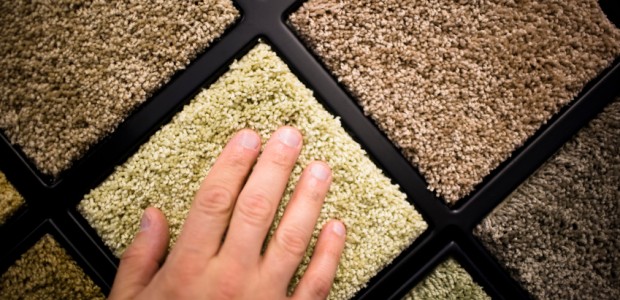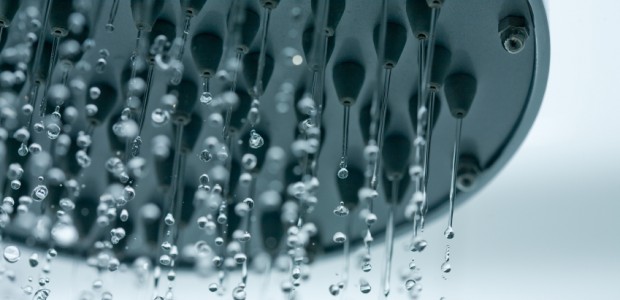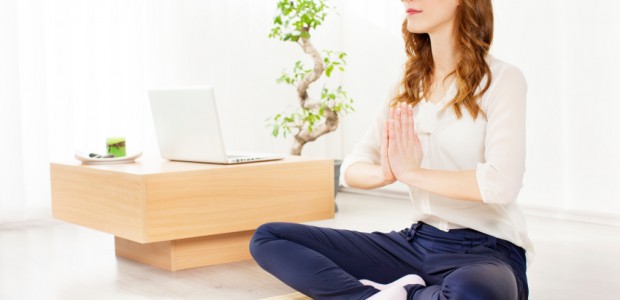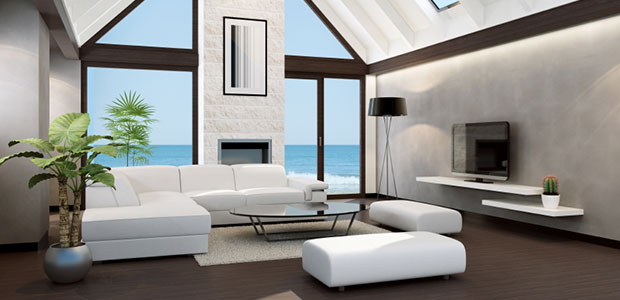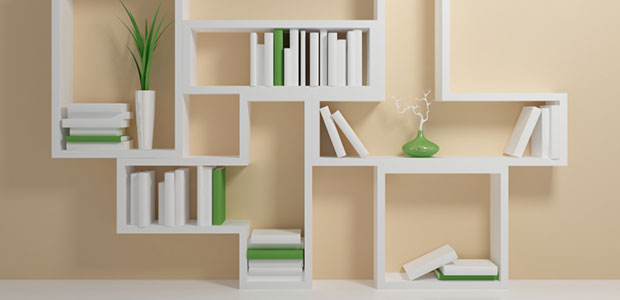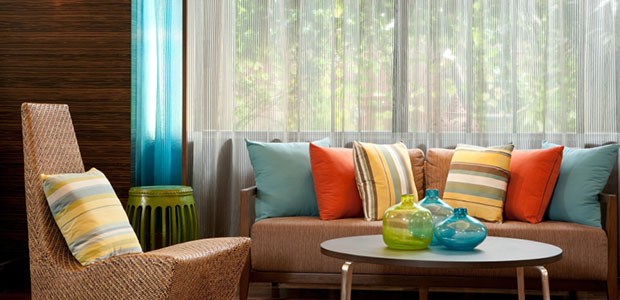At first glance, eco-friendly carpet may seem too good to be true, saving the Earth and having an eco-friendly home, but it isn’t! Eco-friendly carpeting is a great way to help green your home.
Firstly it is very important to understand the differences between green carpets that are currently on the market. Some carpets are made from post-consumer recycled materials, such as plastic water bottles and soda bottles. This is a good choice because it helps keep those materials out of landfills and it allows the carpeting to be recycled at a much later date. It uses less Volatile Organic Compounds or VOCs, leading to a healthier, happier home.
Another option is natural carpets that are made from natural materials. These materials range from wool, seagrass or bamboo. These materials come from resources around the world. On average they have less toxins, are durable, however their prices can be high.
The Pros of Green Carpeting
- Recycled carpeting helps the environment by keeping waste out of landfills
- Later on if you choose to replace your recycled carpeting, it can be further recycled unlike traditional carpeting
- There are fewer VOCs with recycled carpeting, leading to improved air quality in your home and less risk for respiratory problems
- Natural carpets have lowered in price and due to popularity there are more options to work with
- Natural carpets are durable and highly stain resistant
The Cons of Green Carpeting
- Not all recycled carpeting is made with 100% recyclable materials
- Depending on your location it may be harder to find recyclable carpeting
- On average natural and recycled carpeting costs more than traditional carpeting since natural carpeting is dependent on its sources and recycled carpeting is a little harder to produce
There are many pros and cons to choosing green carpeting, although most people agree that eco-friendly carpet for the home is the better choice. You will still have to consider your budget and personal preferences when deciding.
Sources: Greenfloors.com (http://www.greenfloors.com/), hgtvremodels.com, (http://www.hgtvremodels.com/interiors/the-benefits-of-recycled-carpet-tiles/index.html)
